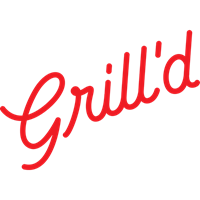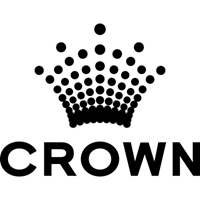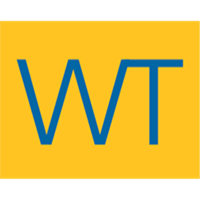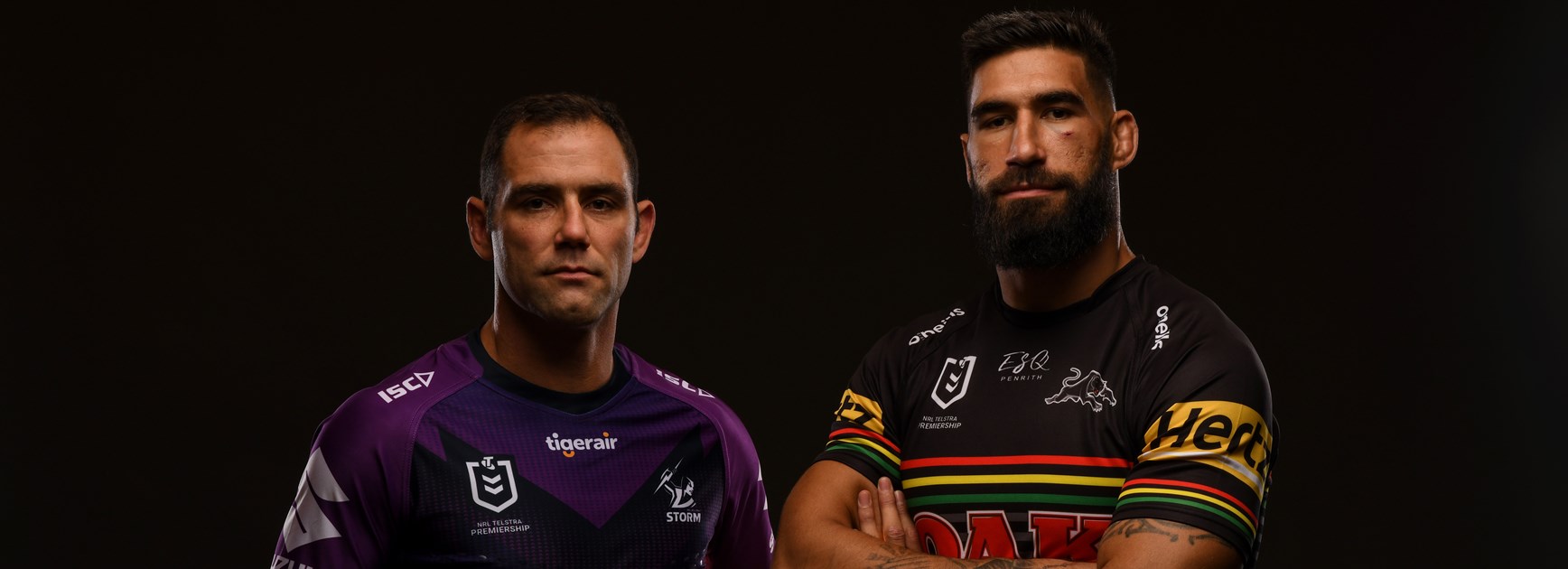
The Panthers and Storm have met once already in 2020, with Penrith edging a 21-14 contest back in round six. NRL.com Stats has delved back into that game to see what clues there could be about how the grand final may play out.
How they match up
Team changes
Unsurprisingly there will be a few changes for each team compared to that game, with the Storm in particular looking stronger now than they did then.
Unavailable that day were winger Josh Addo-Carr and halfback Jahrome Hughes, who will replace Marion Seve and Ryley Jacks. Nicho Hynes has taken the bench spot then occupied by Tom Eisenhuth.
Unthinkable: How NRL achieved the impossible
For Penrith, Brent Naden has since displaced Dean Whare in the centres with two changes on the bench. Tyrone May will be in the utility role Matt Burton filled in round six while Kurt Capewell has since returned with Billy Burns no longer in the top 17.
That is remarkable consistency for both sides 18 weeks on in such a gruelling season.
How it played out in round six
Match Highlights: Panthers v Storm
It was a tense affair at Campbelltown Stadium, with scores locked at 14-all after 60 minutes before a Viliame Kikau try in the 62nd minute and late Nathan Cleary field goal sealed the deal.
The two teams went try for try before that, with Penrith scoring in the 16th and 49th minutes and the Storm in the 30th and 55th.
Penrith had the better of possession across the 80 minutes while both sides completed well and there were similar figures in terms of kicking.
Match: Panthers v Storm
Grand Final -
home Team
Panthers
1st Position
away Team
Storm
2nd Position
Venue: Accor Stadium, Sydney
Discipline and possession
Penrith completed at 83% and the Storm at 81%, with the high completion rates boosting the quality of the contest. However the Storm made more total errors by 11-7, including fumbling kicks both in attack and while defending.
Both their wingers, Suliasi Vunivalu and Marion Seve, shared a game-high error count of three, with Cleary's towering spiral bombs causing headaches. Overall Penrith won the kick defusal percentage by 80% (4/5) to 56% (7/13). The return of Josh Addo-Carr will strengthen the Storm in this aspect of the contest.
Penrith lost the penalty count 6-4 and, as was their habit earlier in the year, got smashed in the set restarts 7-0. They lost the ruck restart count in six of the first seven games back from the resumption and just three more times through the rest of the season.
Penrith finished with 53% of possession but crucially had 56% of the ball in the first half, which likely provided an energy boost at the back end of the game despite the Storm having 52% of the second-half ball. Penrith also had 59% of the ball in the critical final 10 minutes of the match in which they were able to kick a field goal.
Wingers help Penrith dominate the running game
The running performances of each team were similar in some areas bur favoured Penrith overall. There were two line breaks apiece, the Storm busted slightly more tackles (26-23) and finished with almost as many total runs as Penrith (184-177) despite their disadvantage in terms of possession.
However Penrith ran for 200 more metres (1,729 to 1,531) with a far superior average set distance (48.1 to 35.6) with a particular advantage in returning kicks (229 metres to 171) with their two wingers the top two metre-eaters for the whole game.
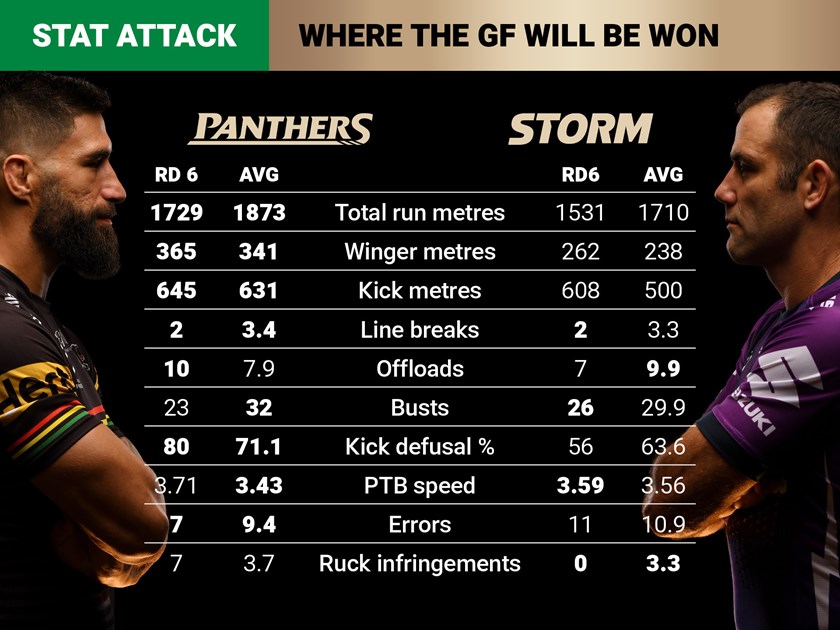
Six of the top eight players in that game on a metres-per-carry basis were Panthers, headed by young centre Stephen Crichton and hooker Api Koroisau (both 11.9). Only Tino Fa'asuamaleaui (11.5) and Nelson Asofa-Solomona (10.9) made it into the top eight along with Brian To'o, Liam Martin (both 10.9), James Fisher-Harris (10.7) and Josh Mansour (10.6) with the one-two punch of Mansour and To'o starting sets doing particular damage compared to Vunivalu (10.3) and Seve (8.4)
Five of the top six overall run-getters for the game were Panthers with just Ryan Papenhuyzen (171) at third on the list for Melbourne between Mansour (190), To'o (175), Dylan Edwards (157), James Fisher-Harris (150) and Isaah Yeo (148).
The Storm will simply need to "do our best to tackle them", said assistant coach Jason Ryles.
"You don't stop them, you just try to nullify them. I think every team so far has tried it and they just keep performing every week. They're strong, they're consistent and they're doing a great job for them."
Defence on par
Both teams defended similarly. The Storm had to make 14 more tackles (362-348) though you would normally get a bigger disparity with a 53-47 possession rate.
Penrith missed a few more tackles (26-23) for a fractionally lower effective rate of 89.9% against 91.0% for Melbourne.
The kicking games
The Panthers had five more total kicks (25 to 20) and one extra dropout forced (three to two). Only once in the game did a kicker give up a seven-tackle restart and that was from Panthers centre Dean Whare, while Storm fullback Ryan Papenhuyzen came up with the only kick out on the full.
In all Penrith had six kicks find space against none for the Storm. In total the Panthers kicked slightly further (645 metres to 608) but that was almost entirely through Cleary, who kicked 19 times for 559 metres. The Storm split theirs largely between Munster (247), Smith (168) and Jacks (145).
"He kicks well against everyone, it's not just us," Ryles said this week.
"That's obviously one of his strengths in his game and it's not anything they try to hide. He's good at it and they try to maximise that for them. Obviously we're going to have to have a plan in place and do our best, but I don't think you stop it. You just try to nullify it."
Panthers v Storm - Grand final
The Luai factor
The Storm will be boosted by some key players who missed round six in Hughes and Addo-Carr but Penrith will be boosted by a much better version of five-eighth Jarome Luai. The livewire No.6 had two try assists in six games by full-time against the Storm – he added another 20 try assists in 16 games after that.
Luai kicked just once in round six but averaged four per game thereafter to help take some of the pressure off Cleary. Luai was averaging 1.4 tackle breaks per game at the end of round six but averaged 3.3 per game through the rest of the year.
Panthers left edge v Storm right edge
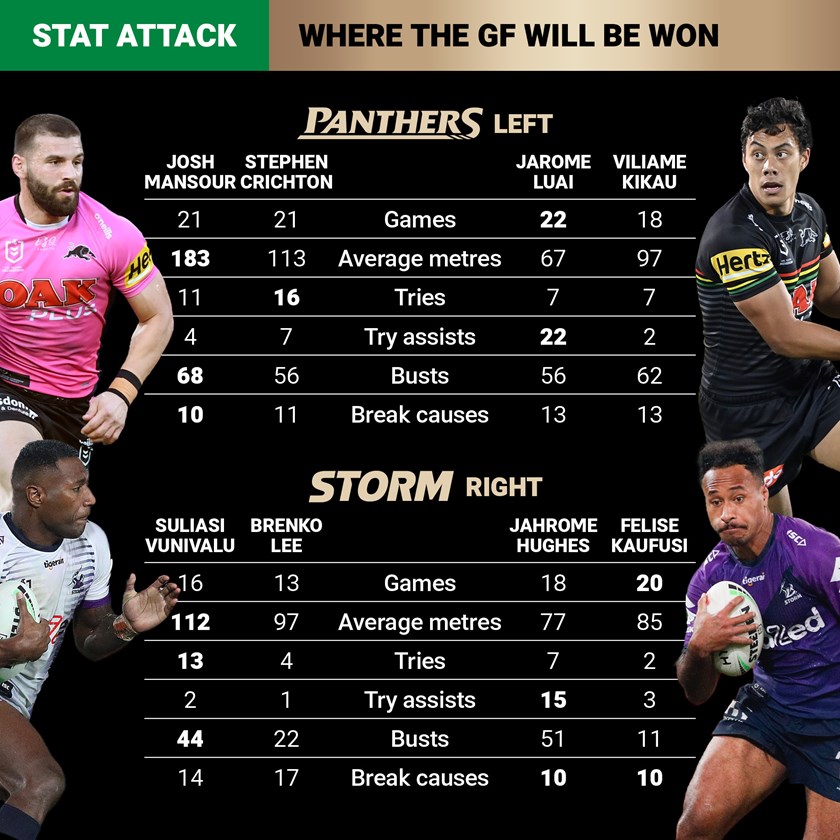
A significant numbers advantage here to the Panthers. They have their opposite edge well and truly covered for running games and for points, with virtually every category – total metres, busts, tries and assists – featuring not only an overall advantage but a man-for-man advantage to the Panthers.
The inner part of the edge features a defensive advantage to the Storm, with Hughes and Kaufusi keeping things tighter than their opposites but the reverse is true further out, with Mansour and Crichton getting broken less often than Lee and Vunivalu.
Panthers right edge v Storm left edge
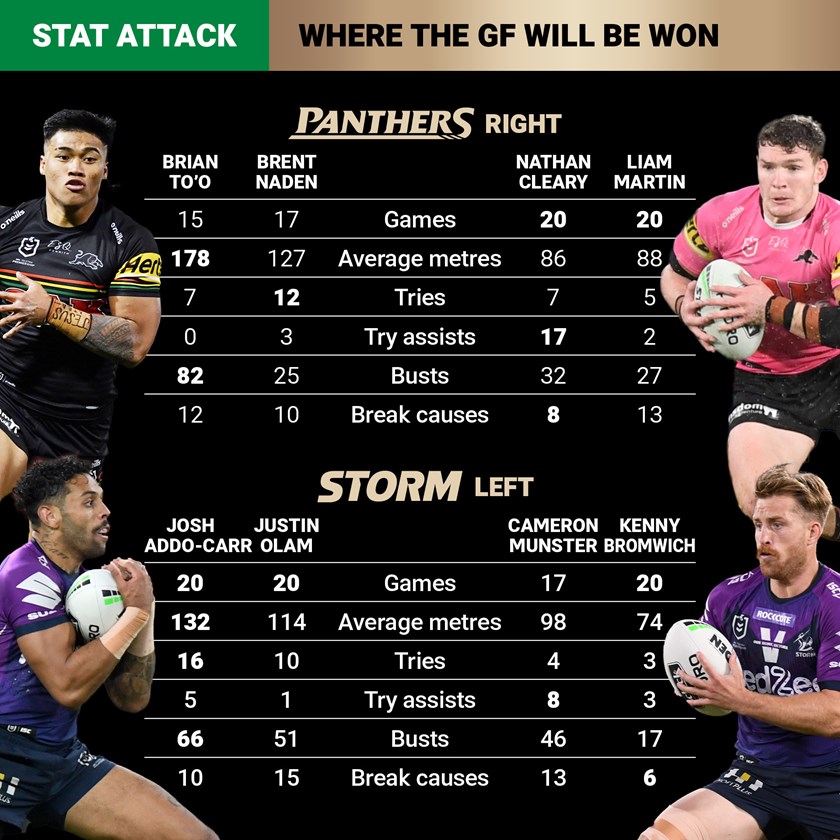
Again the Panthers do much better for metres on this flank than their Storm counterparts, although Addo-Carr and Olam are scoring more tries than Naden and To'o.
The Bromwich v Martin battle will be interesting, with Bromwich reliably one of the best defensive edge forwards in the NRL this year and young tyro Martin causing headaches with his running game.
Munster's numbers are quieter than expected in part due to the growing influence of his halves partner Hughes and don't really capture his influence on the team but regardless, Cleary's performances would put him statistically ahead of almost any half this year and his underrated defence a standout.
Any half with fewer than his eight break causes in 2020 has played less than half as many games.
Battle in the middle
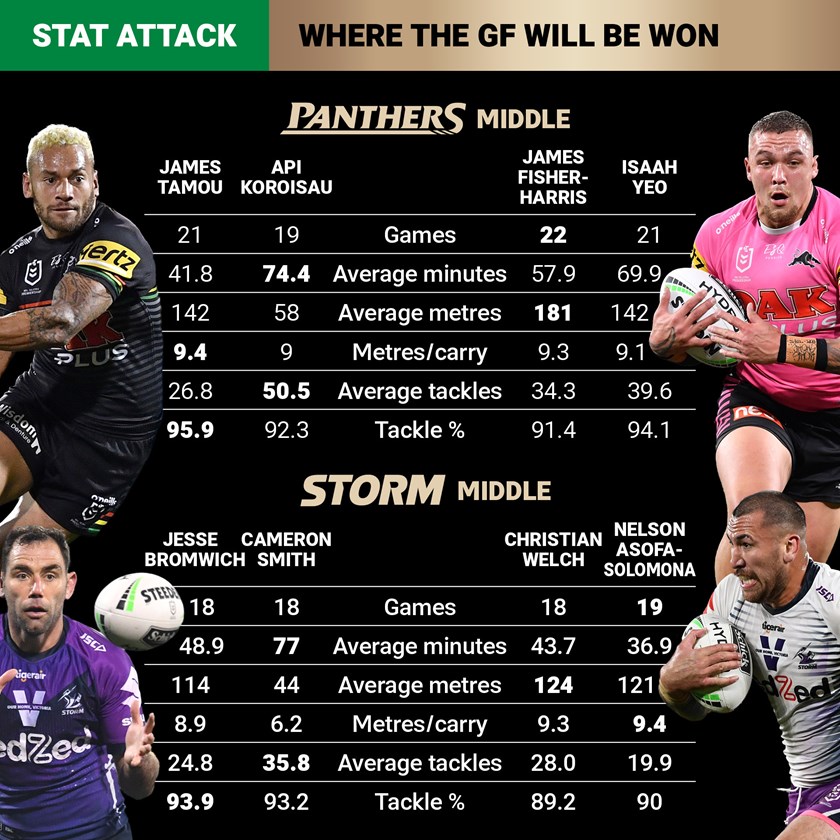
The numbers here are strongly skewed to Penrith but a big part of that is the balance of the bench, with the Storm regularly getting big minutes out of Brandon Smith in particular while Tino Fa'asuamaleaui has grown radically in stature through the season and Dale Finucane was a starter all season until his calf injury.
That is borne out in the average minutes of the respective players, making total metres and total tackles a less useful comparison.
However a look at metres per carry still has the big-minute Panther forwards with a fractional advantage, as well as a fairly comfortable advantage in tackle effectiveness.
Smith and Koroisau are vastly different styles of hooker but Smith's 15-4 advantage in try assists and Koroisau's nearly three metres per carry running advantage highlight these differences.
What we can take out of it
Round six is a long time ago, although it was a month into the current rule structure so we are comparing apples with apples.
Both teams should be better after fine-tuning through the course of the season and winning both their finals games.
The Storm will be a lot better on Sunday than they were in this game with Addo-Carr to bolster what was some flimsy work on the wing in that game and in-form playmaker Jahrome Hughes will make a big difference.
The Panthers will be better for the extra experience in players like Luai, Liam Martin and Stephen Crichton.
One of Penrith's major statistical advantages in the round six contest was the hard-running backfield metres from Mansour and To'o and, as good as Vunivalu and Addo-Carr are as wingers, that will remain a huge strength for Penrith.
Farah and Kimmorley make their grand final predictions
Penrith also produced a much better overall kicking game despite Cleary having to do most of it on his own and the Storm having the vastly more experienced Smith and Munster sharing duties. Hughes' return will help somewhat here.
The Panthers generally did a good job of controlling possession despite losing the ruck infringement tally 7-0 and this is an area they have improved in significantly since round six.
It is impossible to pick a winner from the numbers in the previous meeting but there are certainly areas of strength and weakness for each side that point to what should be a tight and enthralling contest on Sunday.



